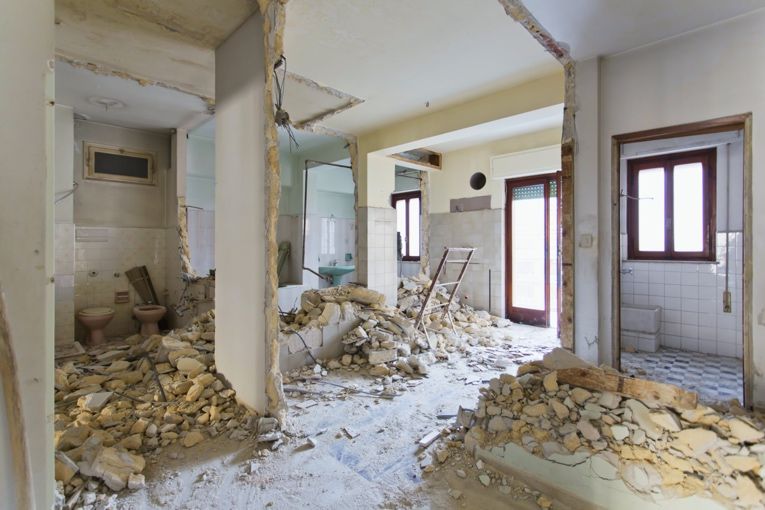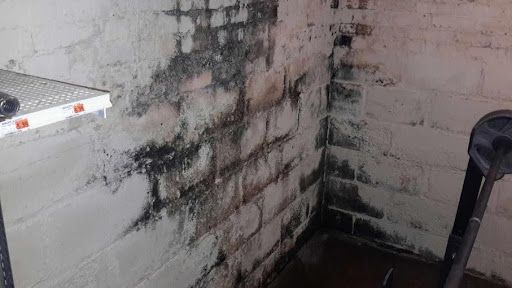Do You Need to Be Concerned About Asbestos in Your Home?
Do You Need to Be Concerned About Asbestos in Your Home?
Asbestos was once a go-to material for its heat resistance and durability, but it’s now infamous for its health risks. While asbestos use in new building materials has significantly decreased, many older homes still harbor this hazardous material. Here's what you need to know.
Is Asbestos Still a Concern?
Yes, asbestos is still a concern, particularly in homes built before the 1980s. Though its use has been restricted in the U.S., asbestos-containing materials (ACMs) can still be found in older structures and some imported products. Disturbing these materials releases microscopic asbestos fibers into the air, which can cause serious health issues like asbestosis, lung cancer, or mesothelioma when inhaled.
Common Building Materials Containing Asbestos
Asbestos was used in various building products due to its fireproofing and insulating properties. Materials that may contain asbestos include:
- Insulation: Older loose-fill attic insulation, such as vermiculite, may contain asbestos.
- Pipe Wrap and Duct Insulation: Asbestos was often used to insulate pipes and HVAC ductwork.
- Flooring: Vinyl tiles and adhesives frequently contained asbestos.
- Ceiling and Wall Materials: Popcorn ceilings, textured paint, and cement sheets may harbor asbestos.
- Roofing and Siding: Asphalt shingles, roofing felt, and siding may also contain asbestos.
Is Asbestos Still Used in Building Materials?
Although asbestos has not been completely banned in the U.S., its use is now limited. Some products may still contain small amounts of asbestos, especially imported ones. If your home was built after the 1990s, the risk is much lower but not entirely eliminated.
What Should You Do?
- Don’t Disturb Potential ACMs: If you suspect materials in your home contain asbestos, avoid touching or damaging them.
- Consult a Professional: Hire a certified asbestos inspector at Precision Enviro Services to test suspect materials and recommend safe removal if necessary.
Protecting your family’s health starts with awareness. If you think asbestos might be in your home, take proactive steps to address it safely.



